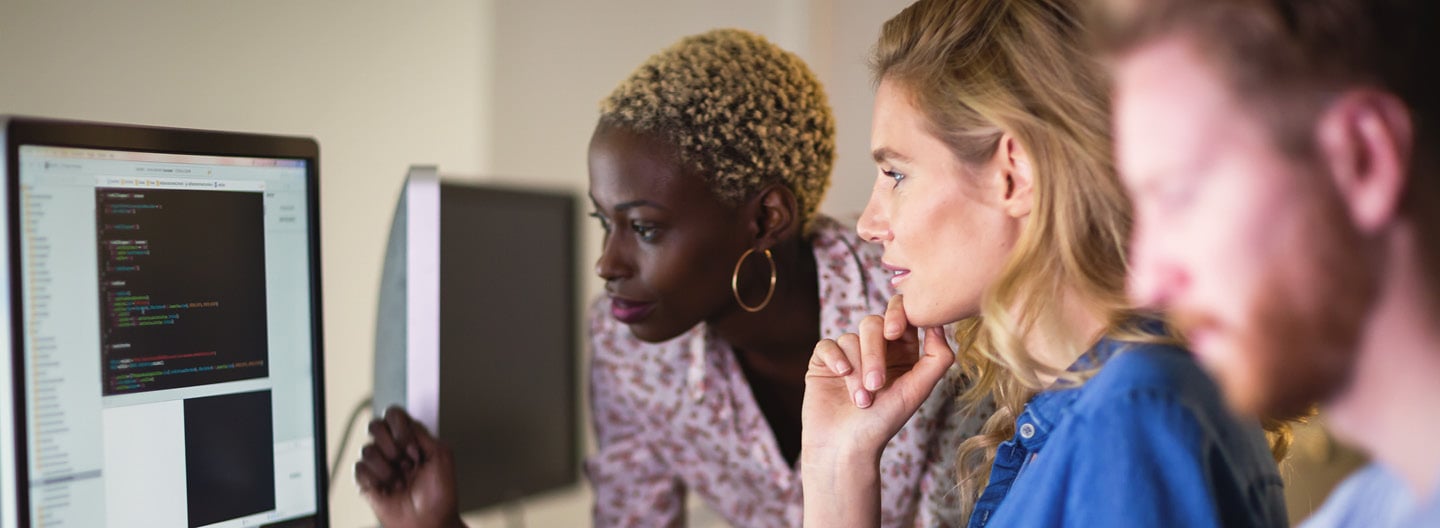Editor's note: This is an updated version of a post that was originally located on techsoupforlibraries.org.
You may have heard about the Hour of Code, a fun event to get students interested in computer science.
The Hour of Code can happen at any place (like the library or at home!) at any time.
The Hour of Code doesn't necessarily need to only be an hour, either. You can turn it into a weekly class or a regular event for patrons to work on coding projects. I've compiled some ideas and tutorials from Hour of Code as well as from a short presentation from the Santa Clara County Library in California on coding for teens at a California Library Association annual conference.
Ready, Set, Code!
If you've never done one before, putting together a coding class or event might seem daunting. What if you don't have anybody on staff who is proficient in code?
Don't worry — that's what volunteers are for! In the CLA presentation, the librarians said they reached out to local tech companies, colleges, and high schools.
If you can't find a volunteer, you can still host a coding club. Whatever you plan doesn't necessarily need to be a class; you can invite people to code and help each other on various projects or tutorials. Websites such as Prenda make it even easier for libraries to run engaging coding clubs through software, training, and coaching.
Coding for Kids
If you're a children's librarian or a parent, you probably know how huge the movies Frozen I and II are. Hour of Code created this brilliant tutorial where you can code with Anna and Elsa (characters from the movies).
- Frozen might not be everyone's thing, so there's also an Angry Birds coding tutorial.
- Tynker lets kids build their own games through learning code for both tablets and mobile phones.
- These coding courses from Code.org are a great way to get kids in K – 5 interested in coding.
- Scratch is a coding community with tutorials for kids 8 through 16, but it's used by learners of all ages. A project of MIT, Scratch is a fun way to get the whole family involved in code.
Tools for Teens and Tweens
- This tutorial from the Khan Academy teaches basic JavaScript while you create cool drawings.
- Targeted at high school students, Karel the Dog guides students on commands (like to a dog) and functions.
Adults Can Learn to Code, Too!
- Khan Academy also has coding courses for adults! Check out their computer science catalog.
- Codecademy is a popular tutorial site for learning how to code in various languages such as HTML/CSS, JavaScript, Python, Ruby, and PHP.
TechSoup Resources
- Simple Coding Lessons for Teens by Elizabeth Boggs
- Simple JavaScript Coding Lessons for Teens by Elizabeth Boggs
More Resources from Around the Web on Coding and Libraries
- Teen Librarian Toolbox: Start a Coding Club
- North Dakota State Library Field Notes: Coding Club Resources
- How the Glen Carbon Centennial Library is celebrating the Hour of Code (news article)
- IT Hare's A Beginner's Guide to Programming Languages
- Vodien's Beginner's Resources to Learn Programming Languages






